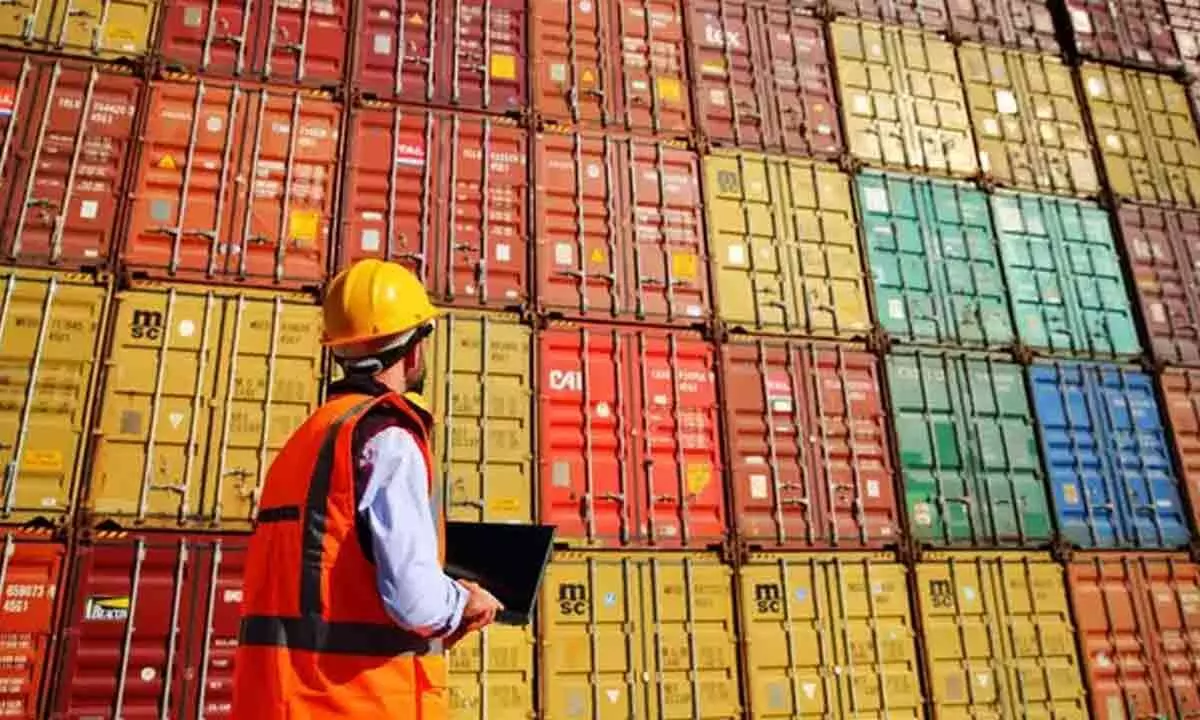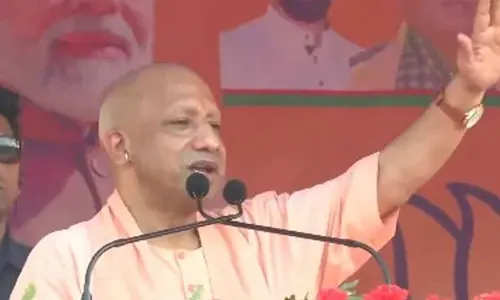India needs to boost e-com to propel exports

Rerouting of crude oil trade routes to Europe via India is not sustainable: FIEO
India’s labour-intensive export sectors such as apparels, marine products, plastics, and gems and jewellery are showing a “troubling pattern” as the country has been experiencing a decline in global market share across these segments in the last five years, a FIEO report has said.
Apex exporters body Federation of Indian Export Organisations (FIEO) also said that a note of caution is warranted regarding a distinct spike in export growth of roughly $ 40 billion as this particular surge is attributed to a rerouting of crude oil trade routes to Europe via India. This phenomenon may not be sustainable in the coming years, it said.
It added that the most “pressing concern” regarding the negative export growth is the “poor” performance of labour-intensive sectors.
On the other hand, e-commerce giant Amazon India announced that it has cumulatively created more than 13 lakh direct and indirect jobs, facilitated around $8 billion in cumulative exports, and digitised over 62 lakh MSMEs in India till date. In a country like India, e-commerce holds immense significance not only for job-creation potential but also for substantial contribution to net high-value addition.
“Amazon is focused on creating a robust infrastructure to help Indian businesses reach customers in 200+ countries and territories, create global brands from India and grow exports through its Global Selling program,” the statement pointed out. There are more than 1.25 lakh exporters on the program are on track to cross $8 billion in cumulative exports by the end of 2023.
“An analysis of sector-wise export performance for the last five years reveal the troubling pattern that India is experiencing a decline in global market share across labour-intensive sectors,” the organisation said, adding that apparels, knitted garments, marine products, plastics, gems and jewellery sectors have raised concerns due to their modest growth rates ranging from one per cent to two per cent.
While the global trade in knitted garments expanded by six per cent, its growth in India remained at a mere two per cent. In woven garments, despite a global trade growth rate of about two per cent, India’s export growth has consistently been below one per cent for years, while nations like Bangladesh and Vietnam, growing at six per cent and four per cent, respectively, are cutting into India’s share.
“In the footwear sector the global trade expanded by five per cent, but India’s exports have contracted. Bangladesh’s brilliant growth from $ one billion to $ 1.7 billion over three years is in contrast with India’s meagre growth from about $ 2.8 billion to $ three billion,” it said.
Similarly, India’s aspiration to be a global pharmacy leader faces challenges, it said, adding, despite the ambition, India’s growth has not matched demand, lagging at nine per cent while the global market grew by 12 per cent in the past four years.
“Concerns arose due to criticism linked to cough syrup, underlining the need for an efficient trace and tracking system for quality assurance,” it said. Further, it said that an analysis of technology-driven sectors indicates a significant surge in global demand for machinery, auto components, electrical and electronics goods.
“These sectors collectively contribute to about one-third of the global trade, amounting to over $ seven trillion. However, India’s current market share in these sectors stands at a mere one per cent. Intriguingly, India’s imports of these goods are substantial, hovering around $ 100-120 billion,” it said.
The report added that a more nuanced consideration is warranted when it comes to labour-intensive sectors. It is evident that a gradual erosion of market share has been occurring over time in these sectors and his decline raises concerns about India’s competitiveness and sustained participation in these traditional jobs creating crucial segments, it said. Further, the report said that on the basis of the export performances of the leading six competing countries (India, Bangladesh, China, Vietnam, South Korea, Malaysia and Indonesia) from January-June 2023, it becomes evident that both India and South Korea have displayed a negative growth rate in their exports during this period. In contrast, China, Malaysia, and Indonesia have shown positive growth rates in two out of the six months.
Amazon had earlier said that it aims to digitise one crore MSMEs, enable $20 billion in cumulative e-commerce exports and create 20 lakh jobs in India by 2025. Perhaps companies like Tata’s, Reliance D Mart and Indian companies can take the cue to scale operations like Amazon has done.
















